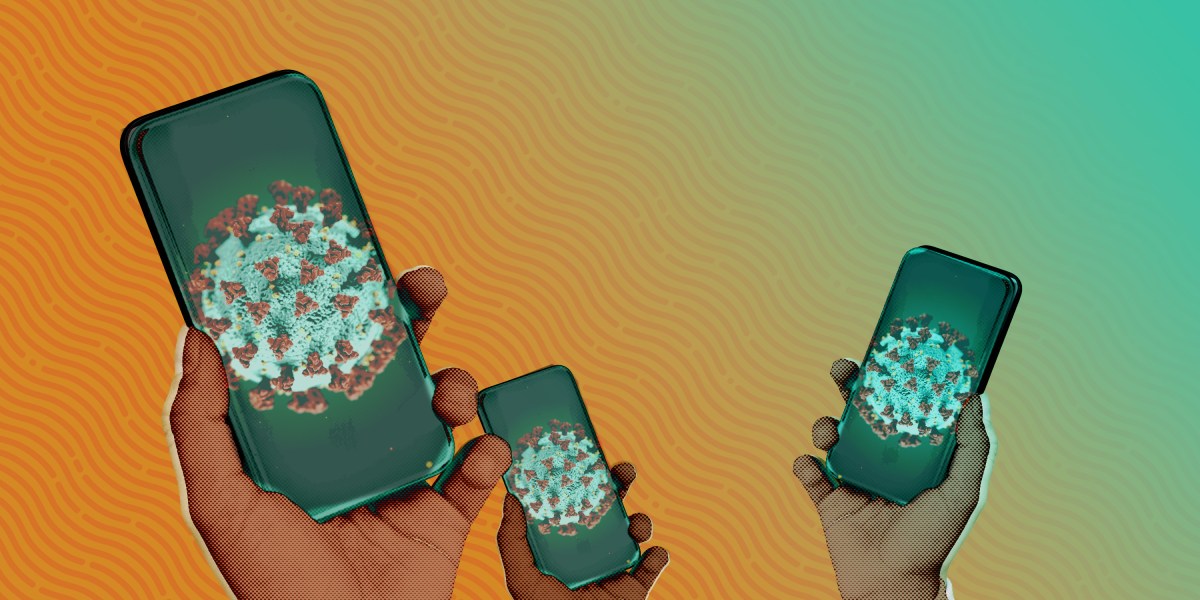You are here
Study into whether digital contact tracing actually worked in the US
Primary tabs
 We investigated whether digital contact tracing actually worked in the US A year ago, engineers built apps to track potential virus exposure. Our research shows the impact has been mixed—but there's still potential. MIT Technology Review
We investigated whether digital contact tracing actually worked in the US A year ago, engineers built apps to track potential virus exposure. Our research shows the impact has been mixed—but there's still potential. MIT Technology Review In the spring of 2020, the first versions of covid-19 exposure notification systems were released to the public. These systems promised to slow the disease’s spread by providing automated warnings to people who came into contact with the virus. Now, over a year later, residents in over 50 countries—including half of US states—can opt into these systems.
But the big question remains: how well did this technology work? Some studies suggest answers, but despite such wide rollout, it’s difficult to evaluate whether exposure notifications were actually able to stall covid-19 spread. This is especially true in the US, where many states launched their own apps—a decentralized approach that reflects America’s fragmented pandemic response.
In an attempt to learn more about how this technology fared in the US, MIT Technology Review reached out to every state public health department that launched a digital contact tracing system and examined app reviews left by anonymous Americans. We asked two questions: who is actually using this technology, and how do people feel about it?
The end result of this analysis paints a picture of unexplored potential. Many of the country’s exposure notification apps are underutilized, misunderstood, and not well-trusted—and yet this technology may yet come into its own as a public health tool for future disease outbreaks.
How the technology works
Exposure notifications were first put forward as a complement to traditional contact tracing. Under the traditional manual approach, investigators looking for people who may have been infected ask patients to trace their whereabouts and activities through phone calls and interviews. The new technology promised to scale to cover entire populations automatically rather than just small disease clusters— a distinct advantage for tracking a fast-spreading disease.
You might remember the friend you met for lunch, for example, but not the stranger you stood next to in line for 15 minutes at the grocery store. An exposure notification system does the remembering for you, anonymously using Bluetooth to keep a log of nearby phones and alerting you if one of those phones is associated with a positive test result.
The first wave of this system was designed by cooperatives of developers, most of whom ended up collaborating with Apple and Google to create a uniform standard. The Apple-Google system prioritized privacy for users, anonymizing their data, and did not track users locations. With the backing of the world’s two most dominant phone platforms, this system is the one that’s been most widely adopted, and is used by the vast majority of US states.
The effectiveness of these systems has been notoriously hard to evaluate. Studies are just now starting to come out about apps in the UK and Switzerland, for example. In the US, evaluation is made even harder by the fact that every state is basically doing its own thing. But our analysis does have a few takeaways:



Recent Comments